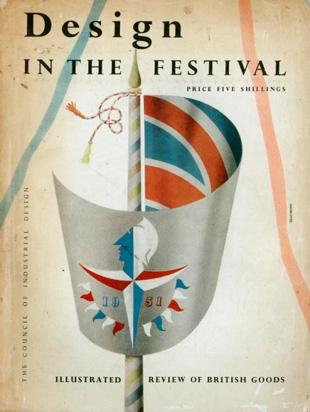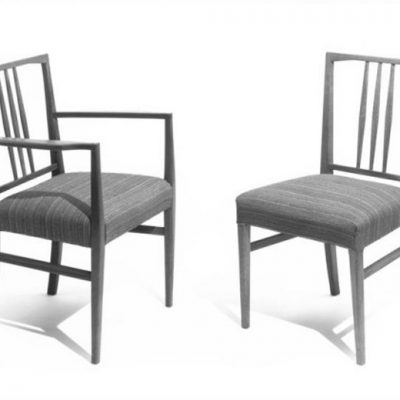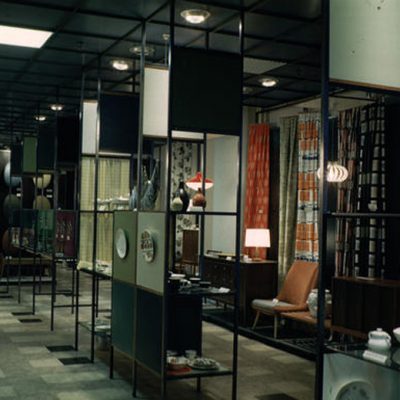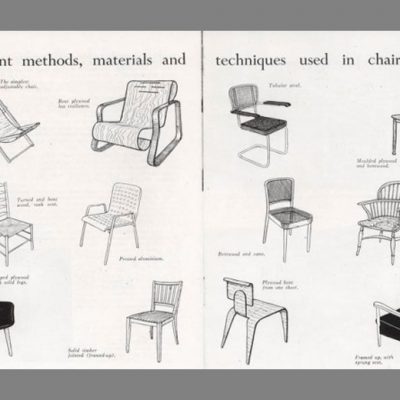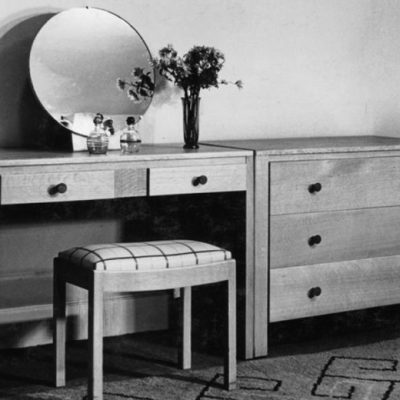SIR TERENCE CONRAN
When the late Sir Terence Conran opened the museum in 2008, he described the similarities between his ideas and enthusiasms and those of Gordon Russell. Conran emphasised that Russell was much more than just a designer; he was interested in the entire lifestyle surrounding the product, including horticulture, food and hospitality. Conran also highlighted the importance of the museum conveying the meaning of design and the process of making things to future generations.
FESTIVAL OF BRITAIN
For ambitious young designers in the post war years the Festival of Britain both focused the country’s attention on the quality of contemporary design, and gave a much needed impetus to creative confidence and opportunity. Trevor Chinn enthuses about the excitement of the Festival and Ray Leigh describes how it gave him the opportunity to begin working with the Russell family, initially for Dick Russell on the design of one of the Festival buildings.







